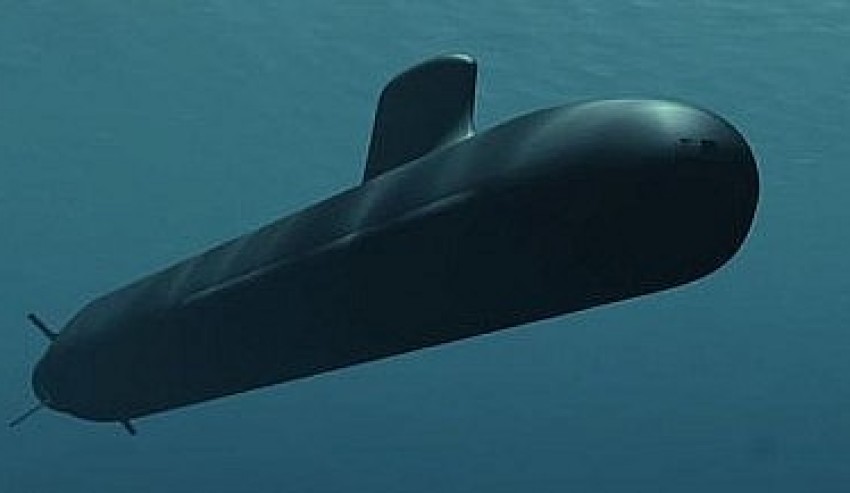Since the Future Submarine Project came into being, classification of primes, small and medium enterprises (SMEs) and the development of Australia’s sovereign capabilities have never been more hotly discussed. Defence Connect spoke with one of Naval Group’s key figures about understanding, and improving, Australia’s capabilities.
Chief executive of Naval Group Australia (formerly DCNS Australia), the firm charged with building Australia's Future Submarines, Brent Clark has been a vocal supporter of the Australian defence industry's capabilities. But the former Navy officer has still faced some criticism over the ongoing question of what percentage Australian industry will have in contributing to the Future Submarine project.
However, Clark has told Defence Connect that key capabilities in the industry are already here, and the best way to work at closing any capability gaps is to address the industry from a classification perspective of tier ones, twos and threes.
"I generally say there are kind of three tiers of industry from Australian perspective," Clark said. "I call tier three ... things like electrical cables, pipes, connectance, that sort of equipment. That exists in Australia. That's not an issue at all from our perspective to get Australian industry involved from that point of view.
"[An] example I tend to give, because it's an easy one for people to understand, is pump manufacturers. Australia has a capability to manufacture pumps. Absolutely. Not a problem. What they don't do at the moment is manufacture pumps to the specifications that we require. So under the agreement that we have with the federal government we have to identify the gap in capability and then we are responsible for transferring the technology to that company in order to get them up to the standard that we require.
"And we will do that and there's a lot of tier two companies in Australia that just need a bit of assistance to get themselves up to the right standard. I don't personally think that's going to be a huge challenge."
Tier one is where Australia is lacking, according to Clark, and where the nation will struggle most at finding, or involving, Australian industry.
"Then finally the tier one pieces of equipment," he said. "There's not very many of those. There's only half a dozen. They're things that really just aren't done in Australia at the moment. As an example, the main motor for the submarine. We don't produce main motors of that size in Australia. What we've undertaken with the department is to look at how we can maximise Australian content on those pieces of equipment to ensure that we can achieve a sovereign and national capability."
Whether Australia needs to look at creating these tier one capabilities in the name of having a truly sovereign capability, or whether it is a case of 'two out of three ain't bad', is a question for the government, but one that must consider all risks and costs, Clark said.
"I think it's a bit of column A and a bit of column B really. What we have said to the government is that we'll provide them with a very clear statement of industrial capability. We'll give them the advice to be able to increase that level of capability. As an example, you could make a business case to build the main motors in Australia," he said.
"The question that you have to ask yourself is, is it worth the expense and the risk to the schedule and cost? The reason why I say that is because we're only going to need to build 12 main motors. Once you've built those 12 main motors, you're not going to build any more. You don't need to. They last for the life of the submarine. But what you do need to have in Australia is maintain them and look after them. That's the area where you get sovereignty. If you can maintain these things in-country so you don't have to go outside of the country, then you've actually got a sovereign industrial capability."
Naval Group was awarded the Future Submarine contract in 2016. Construction of the submarines will begin in 2021-22.
The first of the 12 submarines is likely to begin entering service in the early 2030s. Construction will extend into the late 2040s to 2050 timeframe.






